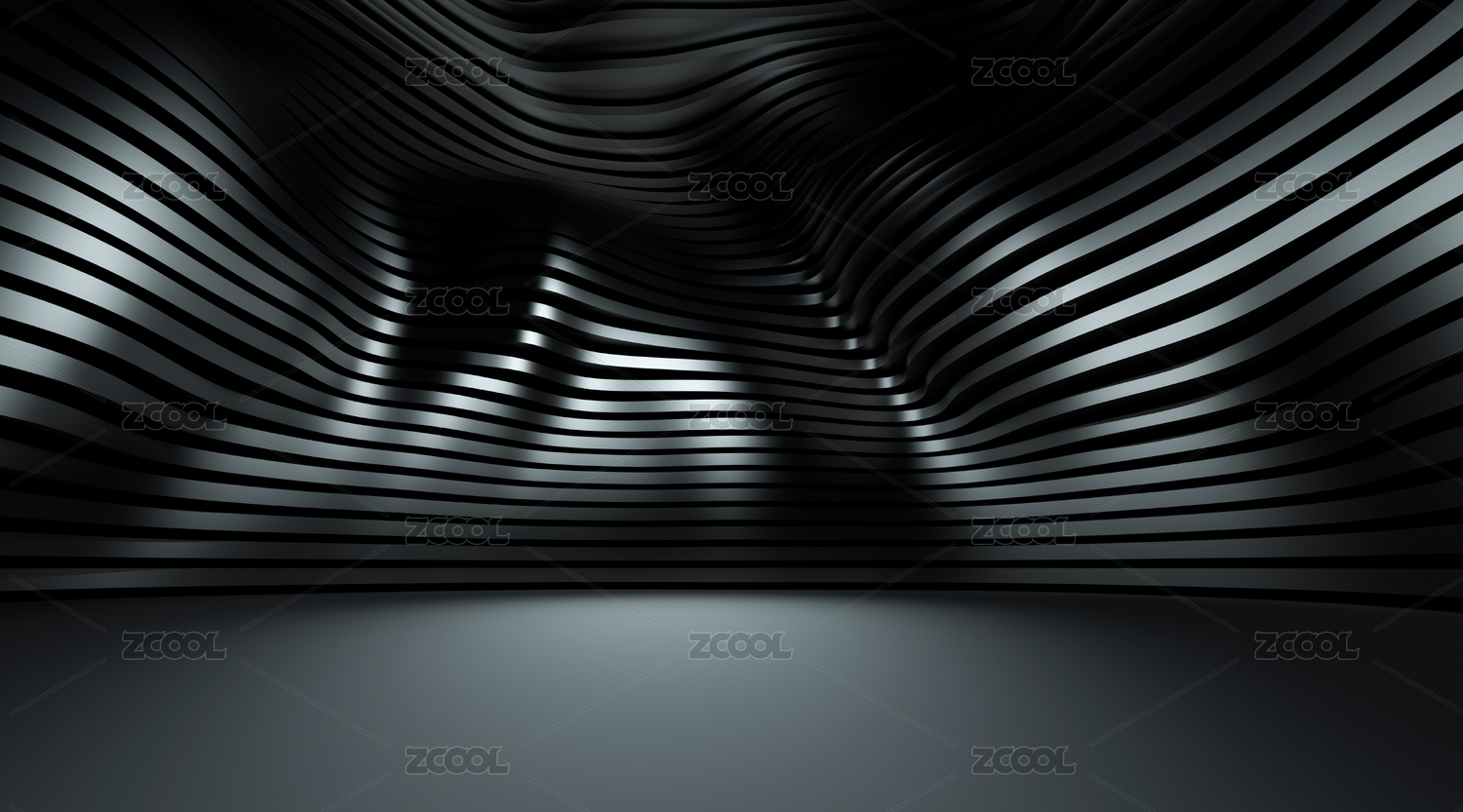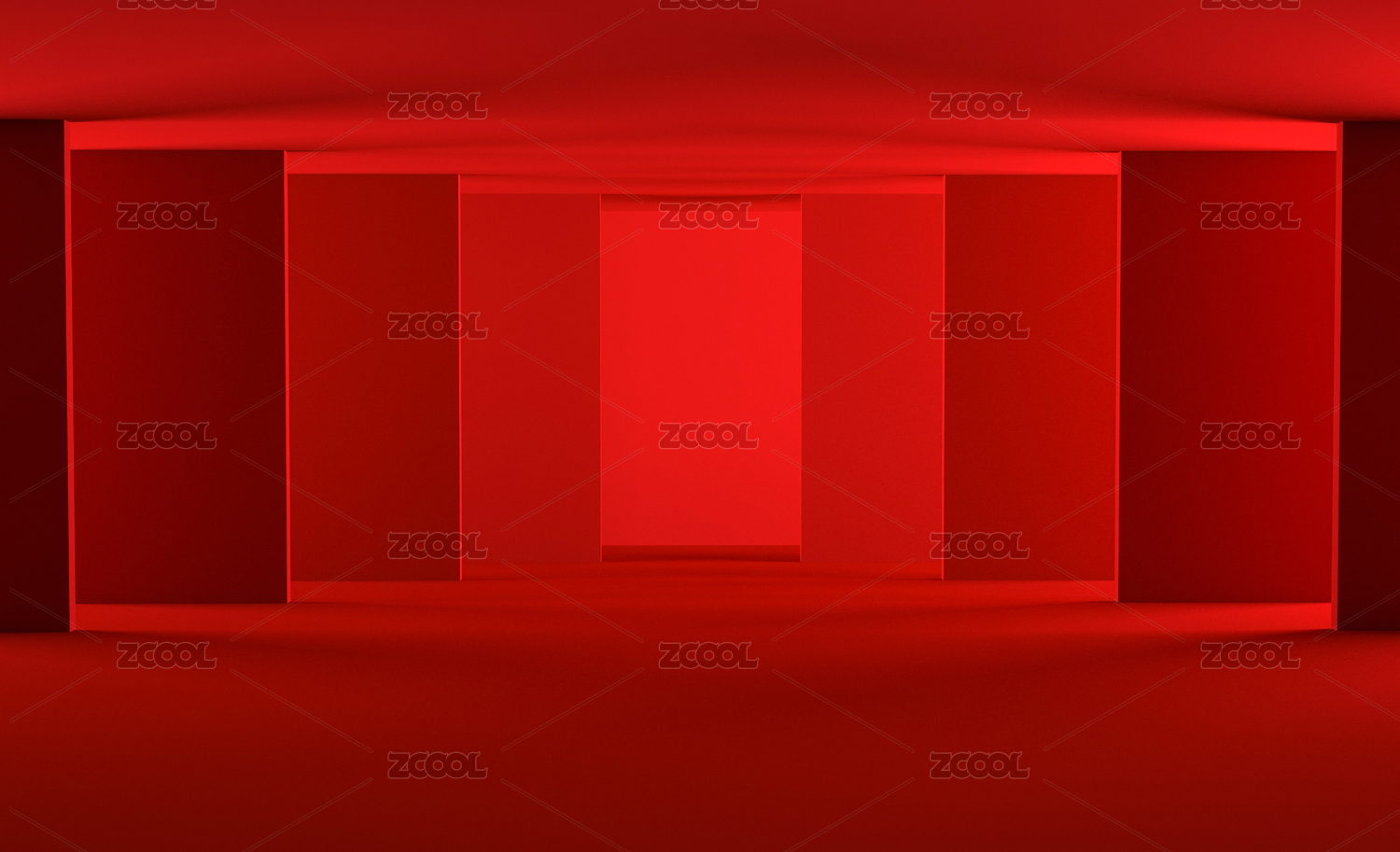【新锐力量】Miriana Leo:领域彼此交叉,而非混淆
为了更好地激发青年创新者的热情、交流创新经验,我们推出《新锐力量》栏目,将采访100名活跃在设计创新领域的青年人。
栏目简介
2020年是中意两国建交50周年,清华大学与米兰理工大学联合发起“中意青年创新创业年”,并联合举办中意青年未来时尚设计大赛。为了更好的激发青年创新者的热情、交流创新经验,我们推出《新锐力量》栏目,将要采访100名国内外活跃于设计创新领域的青年人,并附上编辑评语,分享给广大读者互相学习、共同进步。
——————————————
编者语
Miriana Leo的回答中,有一个问题的答案让我十分意外。在谈及设计的边界是否会在未来模糊化时,大部分参与访谈的设计师给出了肯定回答,而Miriana Leo却表示,不同的领域会彼此交叉,但绝不是相互混淆,在任何情况下都要保持界限。这个答案中的理性态度,给了我极其深刻的印象。(毕文立)
——————————————
设计师简介
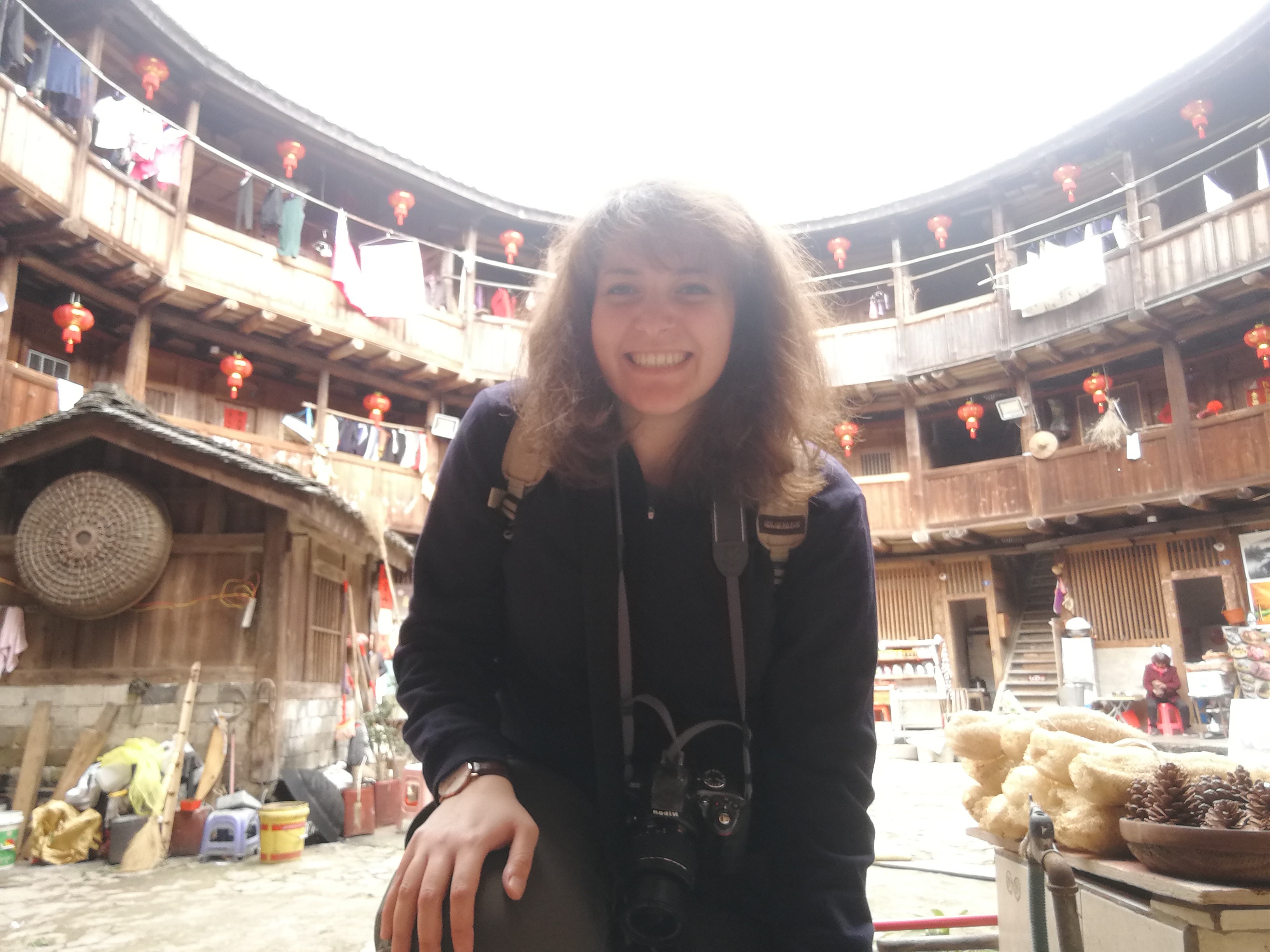
Miriana Leo
自幼对建筑着迷,尤其对所设计的空间和体量如何直接影响观察者的情绪感兴趣。酷爱旅行,对于艺术、历史和平面设计兴趣颇深,曾被选为都灵理工大学的奖学金获得者。
——————————————
Q1
可以向我们介绍一下自己吗?向我们讲一下为何你决定学习建筑、你在学习期间都有哪些收获,你在中国有怎样的经历,你现在在从事什么样的工作?
Can you introduce yourself, and give us a clue about why you decided to study architecture, what you learnt during your studies, your experience in China, what are you doing now?
A:
我从小就对建筑着迷,特别是对所设计的空间和体量如何直接影响观察者的情绪感兴趣,所以选未来的专业时,我毫不犹豫地选择了设计师这一职业。我的兴趣主要在艺术、历史和平面设计领域。我在这些学科中找到的热情,体现在我做的每一个研究中,我相信这也是每一位设计师都不可或缺的。在这种热情的驱动下,我常常去旅行,接触各个国家的人们和文化,以此学习和比较他们的观点,并用我的相机记录一切。无论在哪里,甚至是你通常居住的地方,总有一些令人惊讶的细节可以用镜头捕捉。对我周围的事物进行快照有助于我更好地理解我在这个世界上的位置,在这个世界上,我们生活得如此之快,而照片是一个伟大的工具,它可以让现实慢下来,为我们提供一个有时不同,而更明确的视野。
Fascinated since childhood by architecture, in particular by how the spaces and volumes designed directly influence the mood of the observer, I could only choose the role of designer as my professional future. My interests are mainly confined to the field of art, history and graphics. The passion that I easily find in these disciplines is fundamental and useful for my studies and often also leads me to travel, meet people and cultures, compare their point of view, documenting everything with my camera. Everywhere, no matter where, even where you usually live, there is always some surprising detail to capture with a shot. Taking snapshots of what surrounds me helps me to better understand my position in this world, in which we live so quickly and a photo is a great tool to slow down reality, offering us a vision that is sometimes different and certainly more defined.
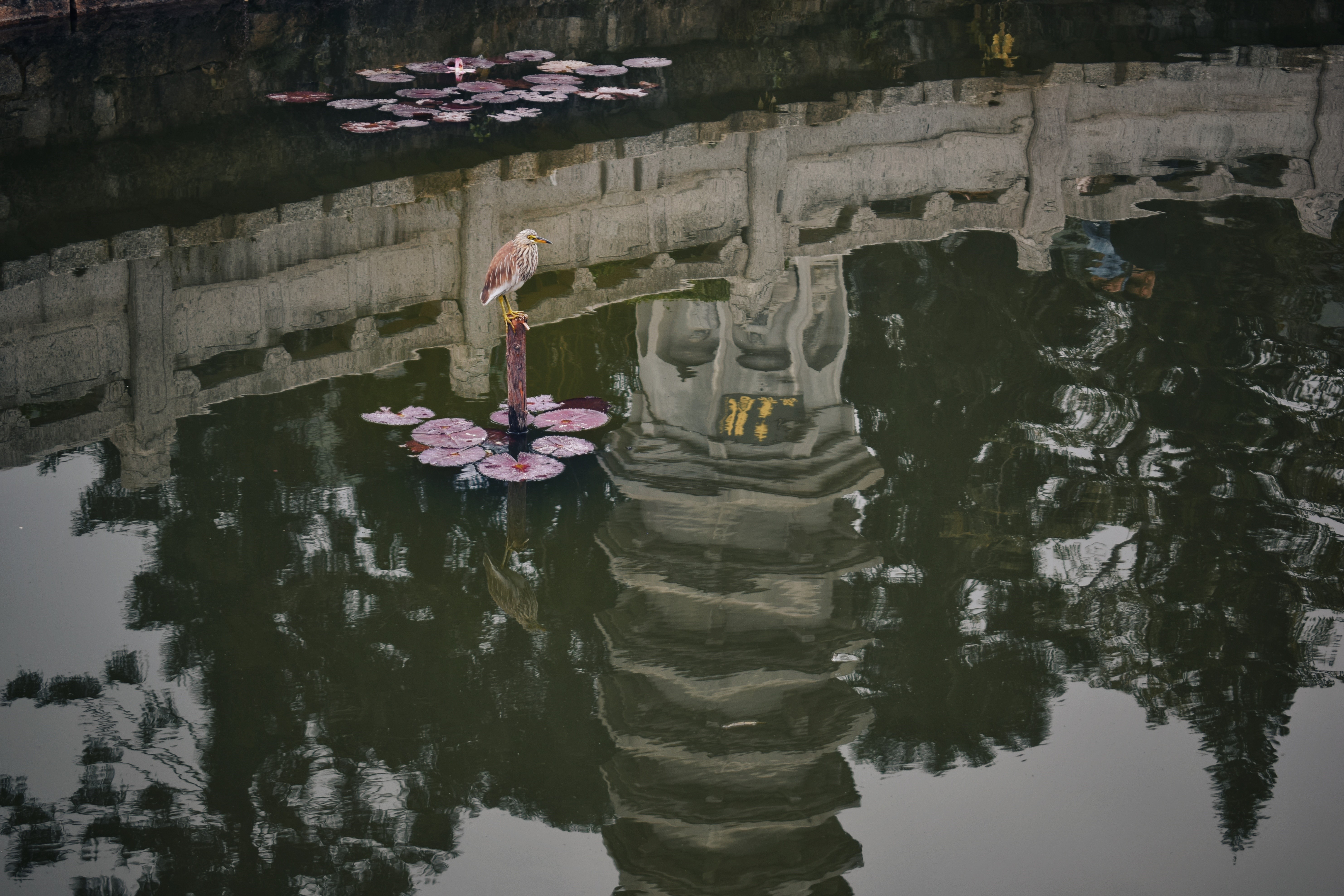
South Putuo Temple, Xiamen, Zhejiang Province
我的专业学习长达六个学年,这使我在建筑领域的专业培训中有不断创新和更新思维的时间。在前三年的学习中,我专注于与工具和不同的表现形式相关的方法论,在项目中深化数学方法,并广泛运用其他有用的科学知识。对当代建筑的研究对我的自身发展,以及确定我对建筑的批判性概念,都极其重要。在建筑学硕士的几年里,我将学习重点转移到了方法操作方面,我掌握了通过适当的方法和工具来识别、制定和解决建筑问题的能力,也开始关注与技术和经济可行性有关的方面,以及与建筑安全有关的方面。
知识和经验是我的优先能力。开放且善于沟通的个性使我对工作有积极的态度,我相信适应新环境的能力是一种设计师都要具备的基本技能。
攻读硕士的这些年为我提供了许多成长的机会,其中包括我在北京参加的双学位项目。双学位项目给我带来了一个完美的结局——我同时从都灵理工大学和清华大学毕业了!转移到国外学习设计在某种程度上是一种令人惊讶的经历,特别是来到中国。获得清华大学双学位对我来说是一个特别光荣的机会,我永远会珍惜。由于在学期间表现优异,我在经过几次测试后,被选为都灵理工大学的奖学金获得者。今年,我想进入一些专业的工作室实习,吸收行业技巧,积累经验,体验世界上其他城市的生活,从获得更加令人兴奋的经历。我将始终在项目中寻找新事物带来的兴奋感,从而追求创新,同时与自己熟悉的环境相联系。
The years of Masters have offered me numerous opportunities for growth and these include my stay in Beijing for the Double Degree program, which I completed, graduating from both the Politecnico di Torino and Tsinghua University. Moving to study abroad is somehow a surprising experience, especially if this place is China. The possibility of obtaining a double degree from Tsinghua University was for me an opportunity that was impossible to ignore or underestimate. I was selected to win this scholarship from my home university in Turin (Italy) based on my academic career and after several aptitude tests. In the very near future I would like to enter as an intern in some professional studio to assimilate the tricks of the trade and accumulate experience, moving to some other city around the world, thus making this experience even more exciting, always looking for an important stimulus for something new in the project, thus pursuing innovation while being linked to the context.
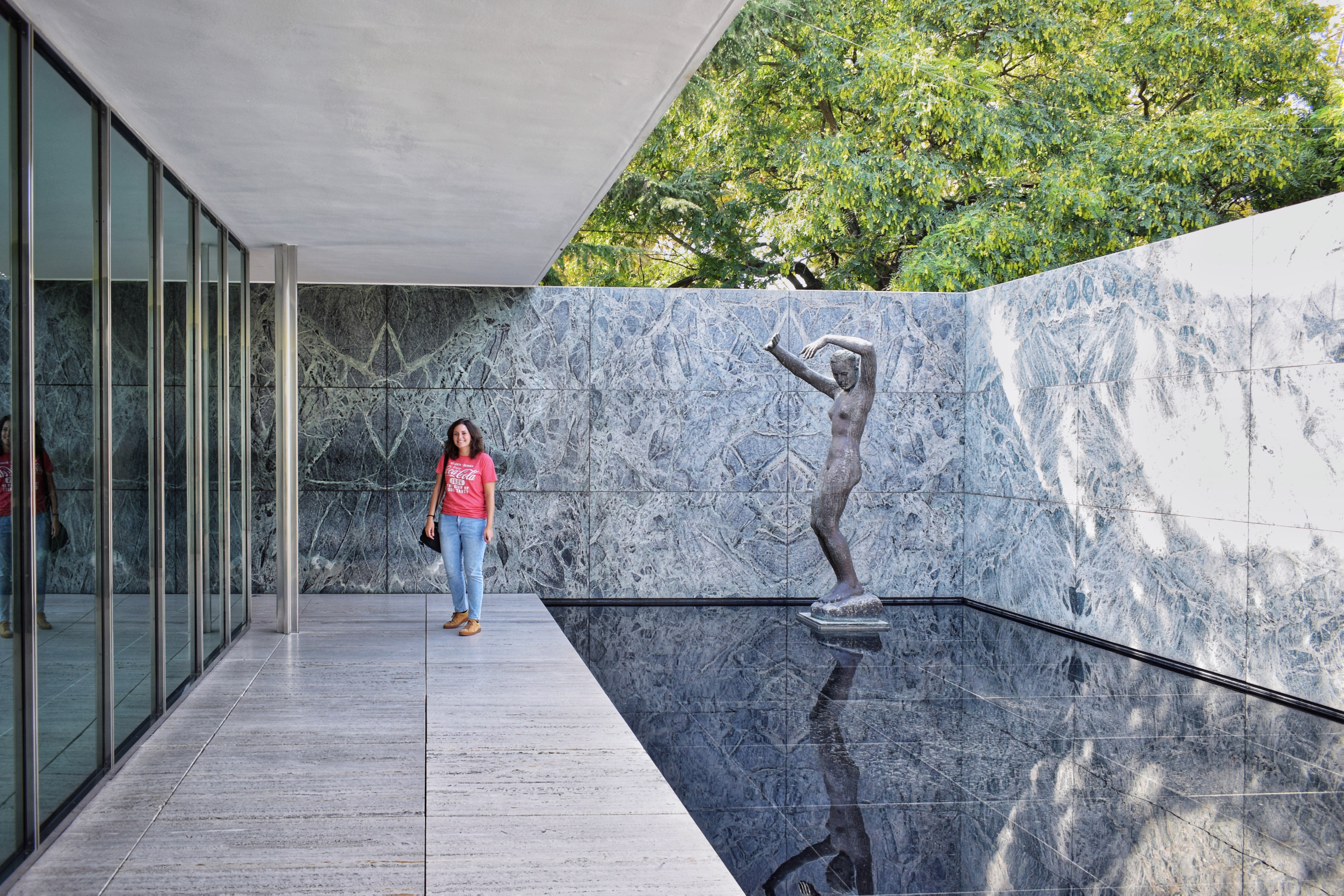
Me in the Barcelona pavilion by Mies Van der Rohe
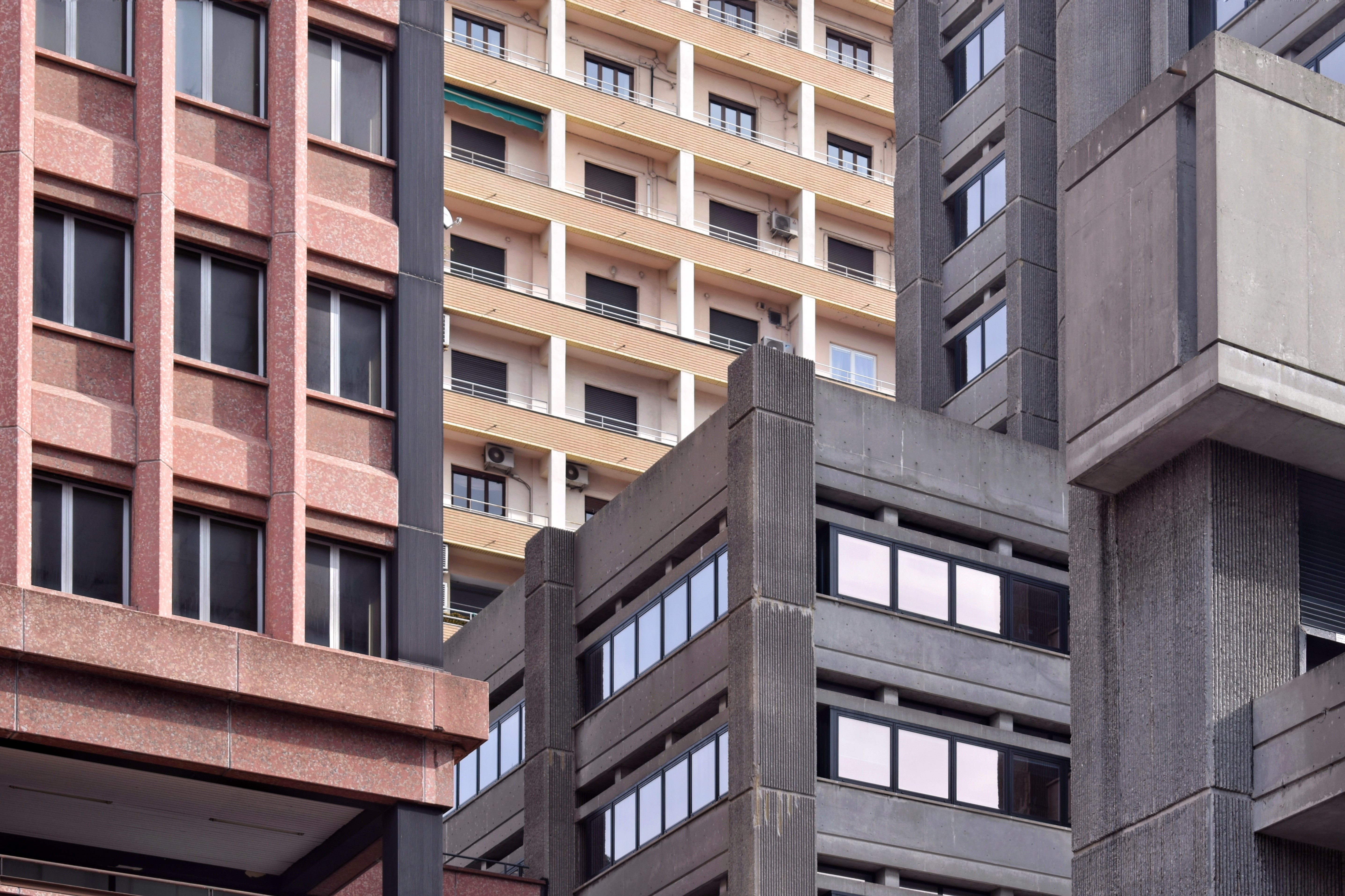
Buildings in Genoa
Q2
你是否认为未来的设计边界将会模糊化?
Do you think that the boundaries between different design fields will be blurred?
A:
设计是一个如此广阔的领域,很难将所有的专业分支囊括在一个整体中。它是一个注重创造过程的专业。所以我认为,当人们在某个领域试验一个产品,它会不可避免地涉及到另一个相邻和/或相似的领域;因此,我认为不同的领域会彼此交叉,特别是在设计中,但绝不是相互混淆,在任何情况下都要保持界限。
Q3
请用三个关键词概括你的设计思考流程。
Please summarize your design thinking in three key word.
A:
我在做设计的过程中,总是试图将用户变成设计的参与者,试图去定义一个形状、一种材料、一种对比所具有的感觉。如果用三个关键词来概括,那我会选:情景化、创新、吸引力。
Q4
您使用的主要设计工具是什么?而对于年轻的建筑师来说,是否有一个可以学习/使用的新工具?
What is the main design tool that you use? And is there a rising tool for young architects that they could learn/ use?
A:
目前我使用的设计工具主要是Revit,这是一个BIM软件,将所有建筑、工程和施工学科纳入一个统一的建模环境。BIM是创建和管理与建筑有关的信息的程序,它彻底改变了建筑设计的流程。它以智能模型为基础,整合了多学科的结构化数据,在资产的整个生命周期中,从规划和设计到施工和调试,创建了资产的数字化表示。
Q5
在建筑学中,当我说到技术时,你首先想到的是?
First thing you think about in Architecture when I say Technology?
A:
我想到的正是现在的各种科技软件,它们是赋予建筑思想形态的主要工具。随着时间的推移,技术正在致力于使这些软件变得直观,彼此之间可以兼容,增加交互性,从而避免浪费时间。提高效率对我们的职业来说是最基本的需求。
I think precisely of the various software that today are the main tool for giving shape to architectural thought. With the passage of time, technology is increasingly committed to making these software increasingly intuitive and interchangeable with each other, increasing interoperability, thus avoiding wasting time which is fundamental for our profession.
Q6
你是否有任何与技术或未来生活方式愿景有关的工作?
A:
在我的大学设计生涯中,我的大部分项目都专注于体验社会住房的生活方式。社会住房被用于社会创新和智能城市政策。事实上,在同一个项目中,通过创造社会化和共享空间,已经为不同的住房需求提供了答案,城市重建和节能行动也就此开展起来。
Most of my projects produced during my university career are focused on experiencing the lifestyle in social housing. Social housing is used within social innovation and smart city policies, in fact in the same project an answer is given to the different housing needs by creating spaces for socializing and sharing and urban redevelopment and energy saving actions are undertaken.
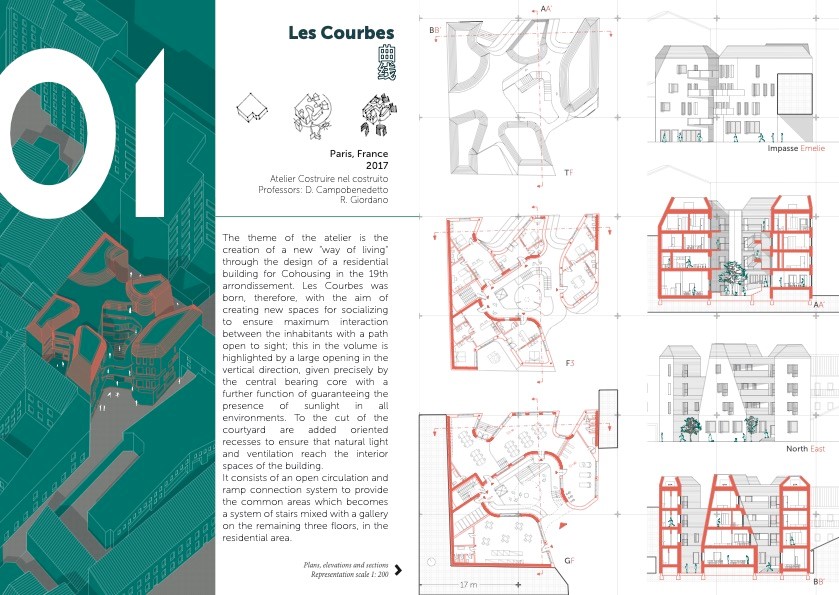
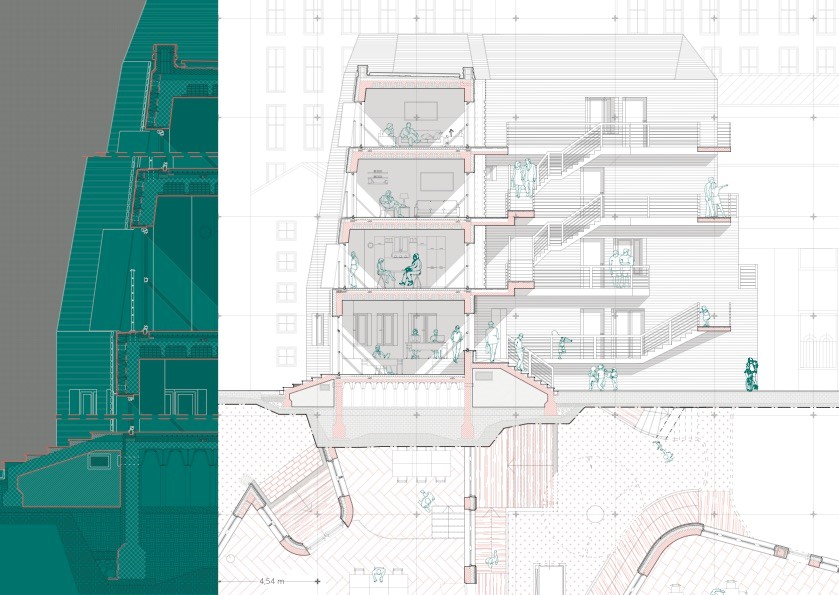
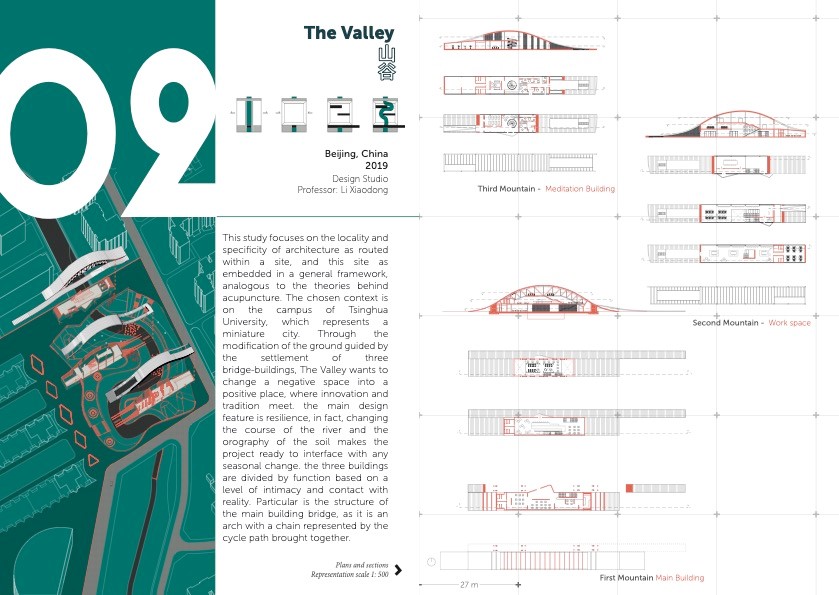
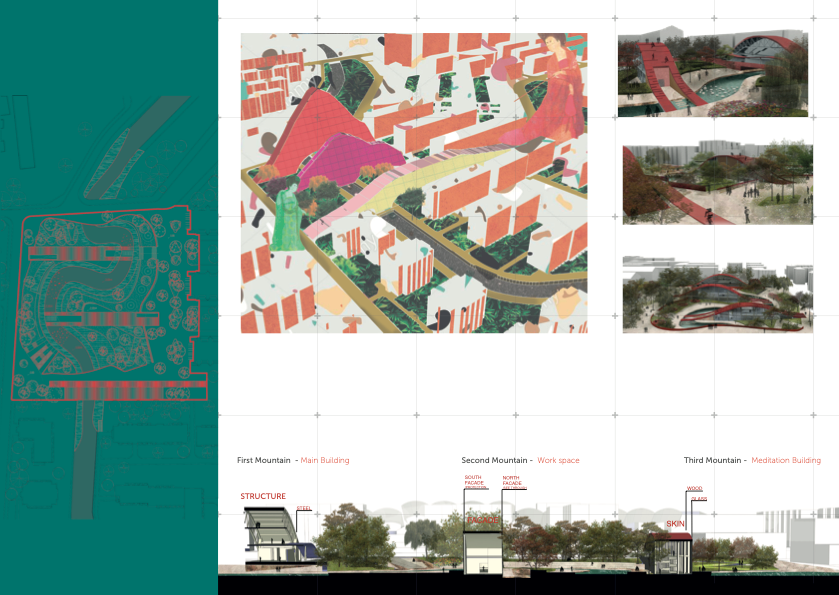
Q7
有哪些后疫情时代的习惯对你的设计思路产生了影响,为什么?
A:
我认为,对我们每个人来说,在家里度过的这段时间已经完全改变了我们对家的看法。我们所说的家,无论是三室两厅的公寓,还是大学生宿舍的房间,对于住在那里的人来说,都会同时成为办公室、健身房和各种活动的场所。因此,我认为现在有必要对家的概念提出质疑。我们作为建筑师,正在重新定义这个空间时努力寻找答案,尽可能地让居住在那里的人感到舒适。
Q8
你喜欢的最具代表性的建筑设计?为什么?
A:
在中国,特别是在北京城,最让我着迷的建筑项目是马岩松(Mad Architects)的项目,2017年的朝阳公园广场。这个项目在其设计中,除了城市背景外,还包括典型的中国风景画。我认为这是一个很好的建筑例子,它意图对抗非语境化,而非语境化正越来越多地感染城市中一系列越来越相似的建筑物体。MAD的建筑师们不仅致力于创造一个建筑,也致力于在环境中创造一个景观。因此,中国传统建筑的灵感得以延续,让自然成为日常生活中不可或缺的一部分。
Q9
你认为中国和意大利的年轻建筑师之间有什么不同吗?它们是什么?
A:
我认为年轻的中国建筑师和年轻的意大利建筑师之间存在差异是不可避免的,因为学术道路都会受到不同文化和历史的影响。就我的经验而言,在我的意大利学术生涯中,非常重视设计理念,这往往是指多年来主导建筑思维的思想文化。另一方面,在我在中国的经历中,我经常不得不重视视觉,因此立即考虑项目在用户眼中的样子,还有考虑在他的视觉中感受自己的设计。
Q10
你是否曾想过在中国工作?以及为什么
A:
我没有一个特别想留下并在那里工作的地方,因为我是一个很容易在任何地方定居的人。但是我想在中国工作,特别是因为在中国的建筑环境中,现代与当代是一致的;中国的现代建筑与欧洲大陆的现代建筑完全不同。在中国,我们就可以看到建筑将如何发展,并形成一个独特的建筑流派,这可以被认定为是中国的独特的风格。
资料来源 | Miriana
采访 | Giada 周思祎
排版 | 毕文立
新锐设计师所展示出的蓬勃力量令人激动。我们希望尽最大可能为青年一代设计师搭建最大的舞台并提供最好的资源。希望中意青年未来时尚设计大赛能使你们的才华得以展现。
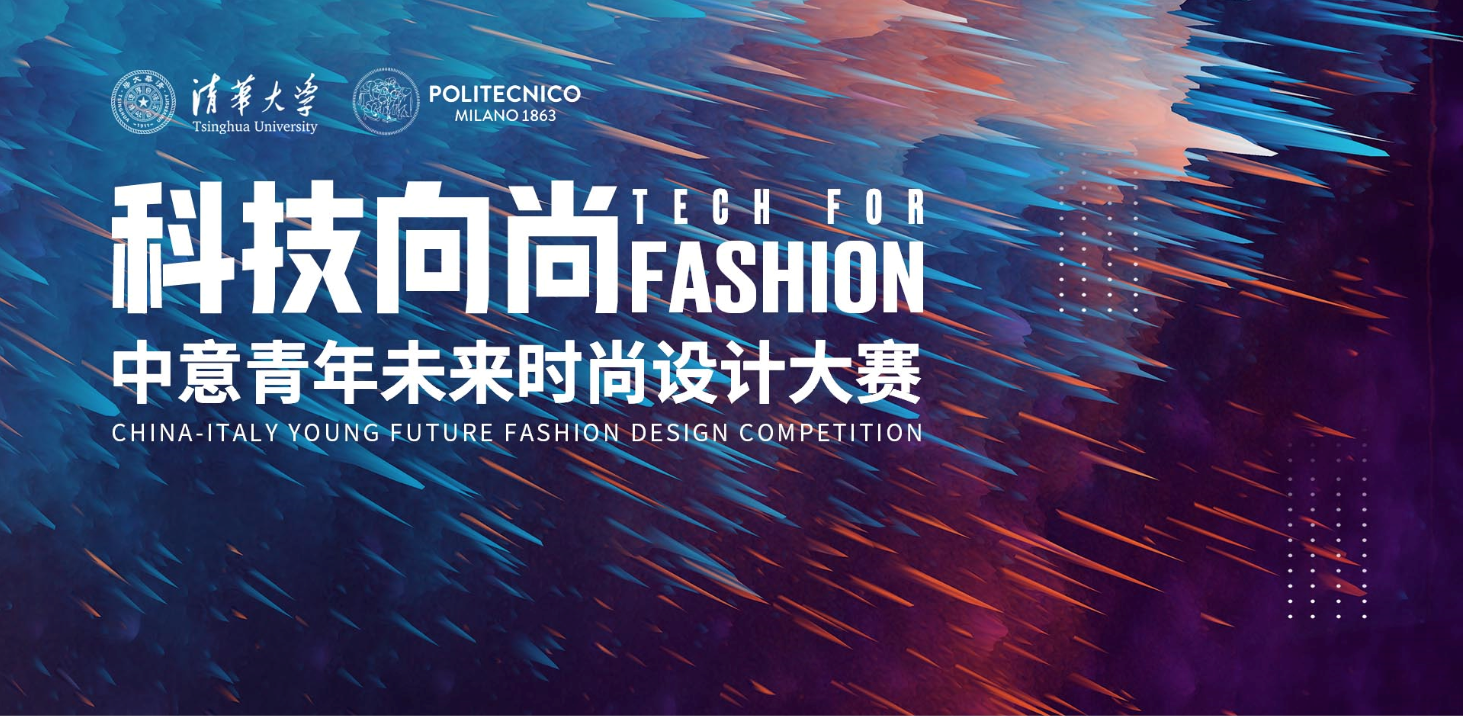
中意青年未来时尚设计大赛已经启动
扫描下方二维码进入报名系统

关注清华大学中意设计创新基地获取更多大赛信息

预祝大家获得好成绩!























